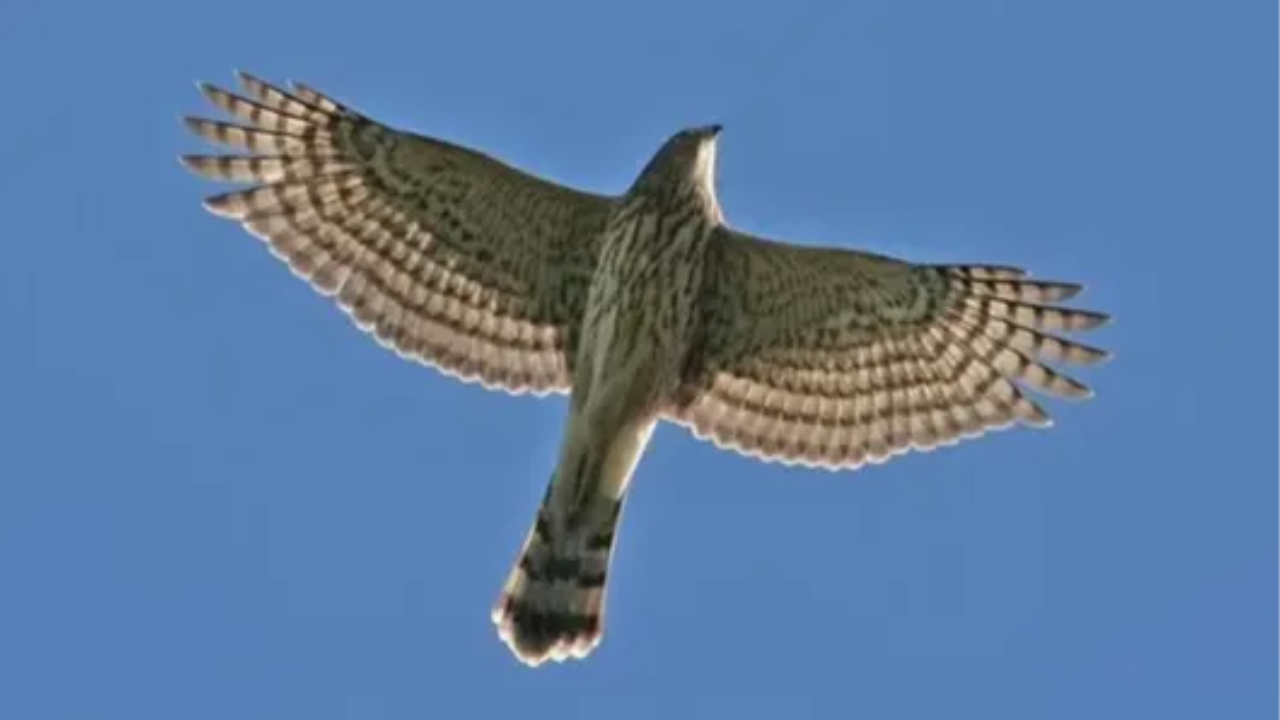What is Bird Language?
Feb 28, 2023
Defining animal language
When we speak of animal language, we are referring to a coarse way of interpreting and understanding the inter-species communication around us. All higher animals/mammals communicate and depend upon messages and cues from each other for their survival. They do so in order to communicate where food is located, where danger is present, to find a mate, to “talk” to their young, to ward off competition, and for many other reasons. A dog’s bark, a squirrel’s chirp, a frog’s croak, a deer’s tail up in the air, a rattlesnake’s rattle, a puma laying its ears back, and a beaver’s castoreum are all forms of animal language (auditory, visual, olfactory, et al.). For human beings, birds are simply the easiest species to pick up on in terms of both sight and sound. Hence, when we talk about bird language, we are simply referring to a subset of animal language.
Bird language is not a language in the way we humans think of language, like the way you speak to your friends and family. It does not necessarily have that much information embedded in it, though it can still be rich with important messages and full of meaning. And outside of the hunter-gatherer cultures that still exist, most people are completely unaware of the information that birds are constantly conveying. Perhaps this is best illustrated by the following metaphor: imagine that since you were a small child there was a family speaking a foreign language living in the same house with you, except that you never learned to understand what they were saying. Hence, you tuned them out and never understood that for years they had been sending you all kinds of important messages. This included information about you personally as well as what was going on in and around the house…messages like someone came by and knocked on the door, the mailman left you a package, an intruder tried to break in through the back window, your brother was stealing your allowance, and so on. But since you could not comprehend the language they were speaking, you never deciphered the messages. THIS is our society’s current relationship to bird language! (had you grown up in an area where there were daily threats to your life, how long do you think you would survived ignoring these messages?).
In nature, everything and everyone is listening…ALL the time. They may disregard certain messages (like I sometimes do to my family), but they are always tuned in, always paying attention. By understanding enough context and the ecology of where you live, you can indeed learn to interpret much of the information that is passed along by our avian friends.
Bird language is about both visual and auditory clues. Even though we humans often ignore the latter since vision is the predominant sense that our modern culture celebrates, there are a number of creatures that do not possess eyesight, or if they do they see very poorly. We as a species (and many others) evolved eyelids, meaning that we can do without sight, at least for periods of time. But not once in the fossil record is there a species that evolved ear lids, because it would be far too dangerous to survive.
Hence, a large part of understanding bird language is learning to tune into the auditory information that surrounds us in the outdoors, in addition to all of the visual signs that are present. We have a great advantage enabling us to be successful in this pursuit, as humans have a discreet bandwidth of super-sensitive hearing that’s between 2.5 and 5 kilohertz, exactly matching the frequencies emitted by bird sounds (human vocalizations fall well below that range except for the “s” and high-pitched sounds). Many scientists now believe we clearly evolved this capability, as it was essential for our own survival. So comprehending bird language is actually in our DNA so to speak; we are wired if you will to understand it.
Origins of bird language...who used it and how?
Bird language was practiced by just about every indigenous culture on the planet where passerines (song birds) were present. As bird language expert and anthropologist Jon Young has documented, the San Bushman, one of the last tribal cultures on the African continent, use it daily in the Kalahari to keep abreast of the whereabouts of dangerous animals like lions as well as to help while hunting and performing other routine activities. In the Americas, native peoples depended on it to warn them of approaching danger (U.S. cavalry or other hostile tribes) and take evasive action, as Geronimo and his fellow Apaches did to avoid capture in the Southwest for many years. Some tribes even learned how to mimic the songs of some species to put other birds at ease in order to setup an ambush, thus avoiding setting off any alarms and tricking the enemy to think that all was clear.
More recently, some naturalists and ecologists have discovered bird language to be an incredibly useful tool to study nature and help them in their professional work. And perhaps just as important, it is incredibly enriching and adds significantly to any outdoor nature experience you participate in.

